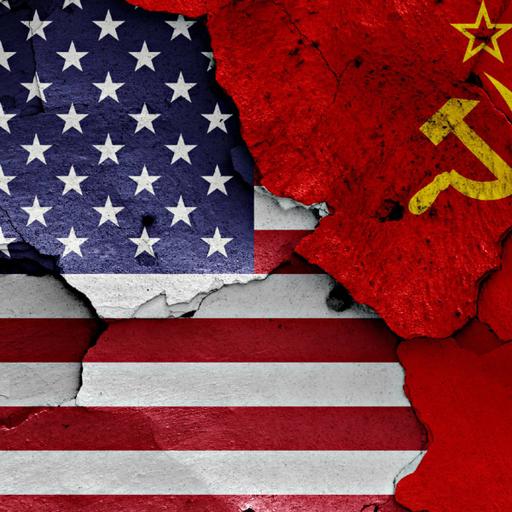Rise and Collapse of the Soviet Union
Presentations | English
According to the prevailing Julian calendar in Russia at the time, Tsar Nicholas II was ousted on February 27, 1917 (March 2, according to the now widely used Georgian calendar), and a caretaker government led by George Lovey came to power. Alexander Kerensky, of the Social Revolutionary Party, who was Law Minister under him, took over the administration of the Provisional Government after he failed to secure support for the government appointed by Sir Nicholas. This revolution, known in principle as the February Revolution, created the conditions for the growth of the Bolshevik Party, led by Vladimir Lenin. Lenin had fled during the February Revolution. The Bolshevik Party came to power in 1922 under the leadership of Vladimir Lenin. After Stalin's death, Joseph Stalin, a member of the Politburo in the mid-1920s, declared himself Lenin's successor. Stalin adopted Marxism-Leninism as his ideal. Stalin established a centrally controlled economic structure on the Marxist-Leninist model. As a result, the ensuing decades saw rapid industrialization and modernization of the Soviet Union. At the same time, Stalin did not hesitate to suppress his political opponents and critics. At the beginning of World War II, the Soviet Union initially signed a non-aggression pact with Nazi Germany, but when Nazi Germany began to occupy Europe, the Soviet Union entered World War II. Subsequently, the war against Berlin was led by the Soviet Union itself. Although it was initially difficult to hold on to Germany, the Soviet Union gained the upper hand in the war after the victory at Stalingrad. In 1945, Berlin was annexed. After World War II, the Soviet Union occupied East Germany until 1989. After Stalin's death in 1953, Nikita Khrushchev came to power. Khrushchev brought about liberalization in the socio-economic sphere. This period was known as de-Stalinization. After the war, the Soviet Union and the United States emerged as global powers. The rivalry between the two superpowers later led to the Cold War. During the Cold War, science, technology, aerospace, and weapons technology made great strides. Sputnik, launched by the Soviet Union, was the world's first man-made satellite. The Soviet Union then sent a dog named Leica into space. Yuri Gagarin of the Soviet Union was the first man to go into space. However, the Cuban Missile Crisis of 1962 was the most intense during the Cold War.In 1979, the Soviet Union deployed troops in Afghanistan, leading to the Soviet war in Afghanistan. Mikhail Gorbachev, who came to power in the late 1980s, sought to bring about the socialist-democracy that the Scandinavian nations had followed. But this led to a revolution of separatists and nationalists in many parts of the Soviet Union. Then in 1991 the Soviet Union split into the Russian Federation and other small-eastern European countries.

49.00
Lumens
PPTX (98 Slides)
Rise and Collapse of the Soviet Union
Presentations | English
